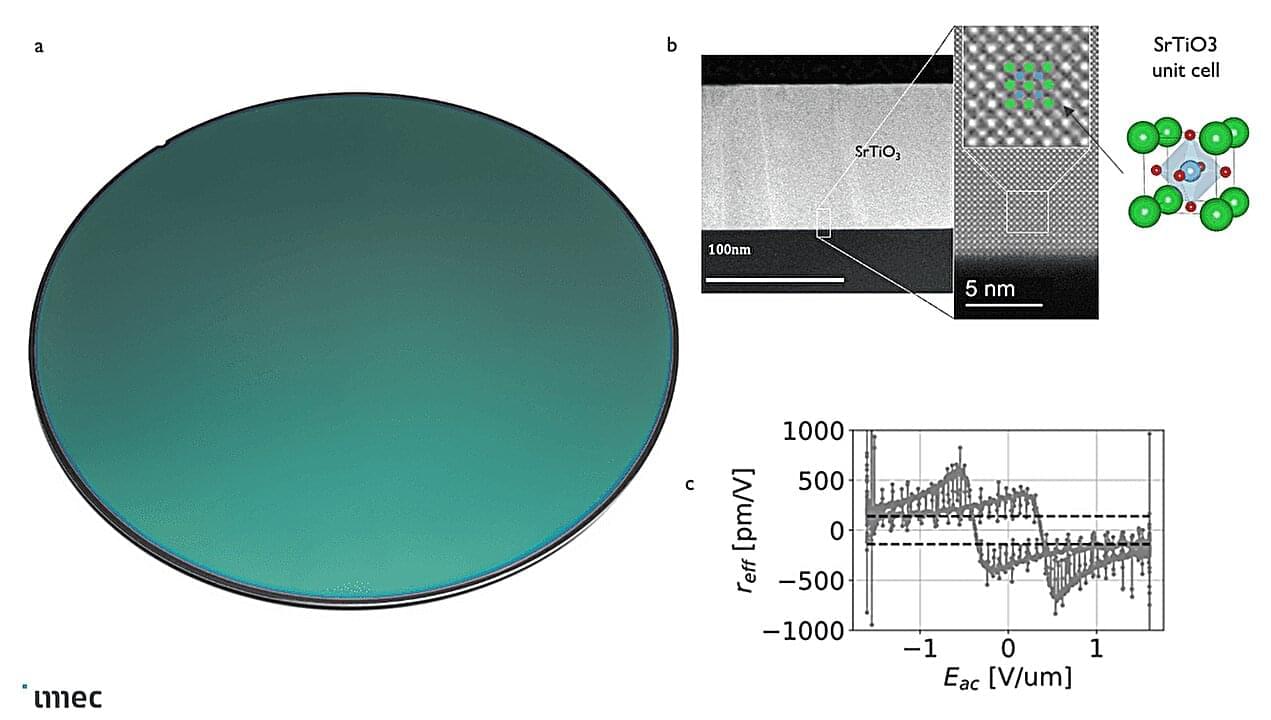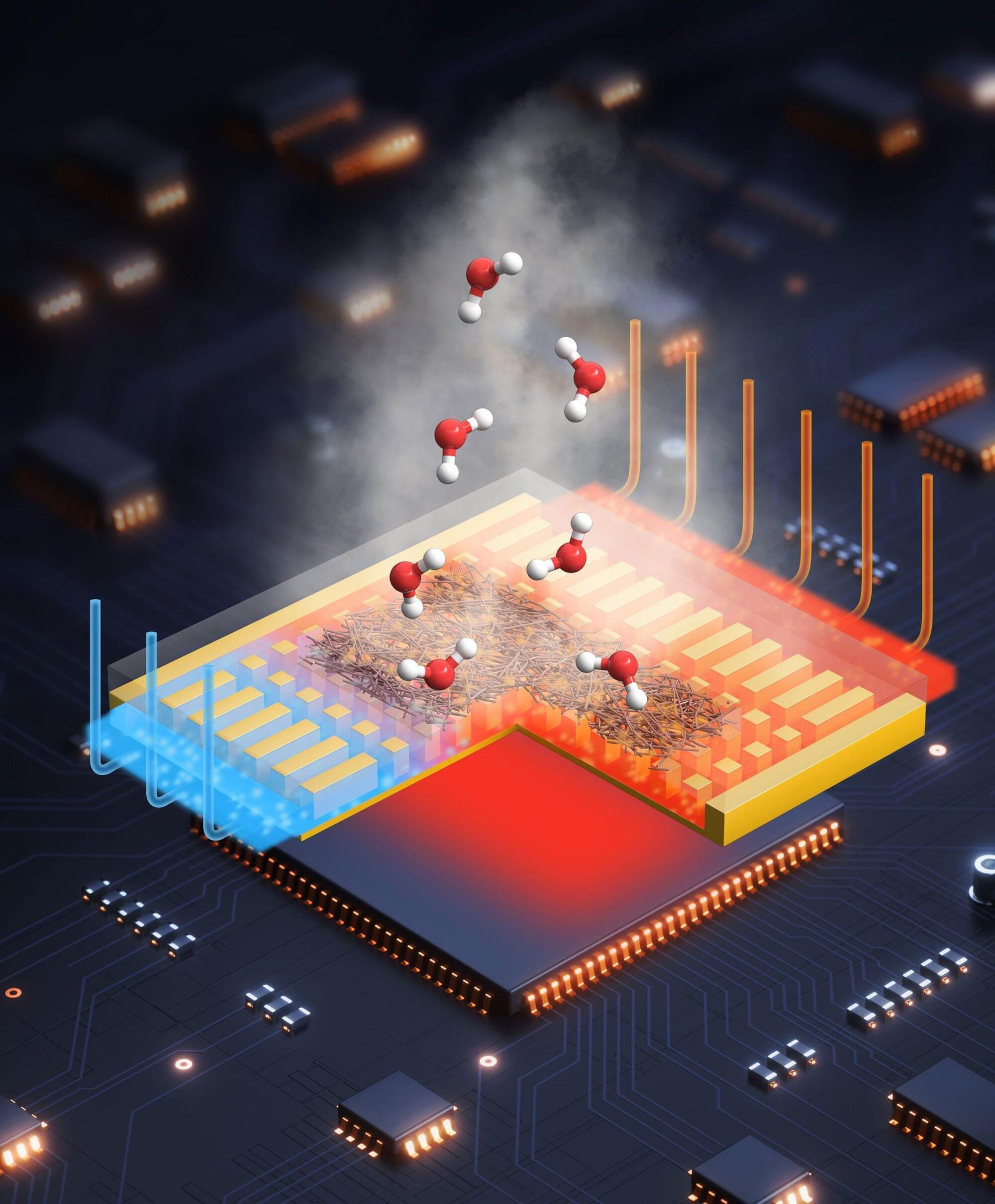Quantum computers have the potential to model new molecules and weather patterns better than any computer today. They may also one day accelerate artificial intelligence algorithms at a much lower energy footprint. But anyone interested in using quantum computers faces a steep learning curve that starts with getting access to quantum devices and then figuring out one of the many quantum software programs on the market.
Now qBraid, founded by Kanav Setia and Jason Necaise ‘20, is providing a gateway to quantum computing with a platform that gives users access to the leading quantum devices and software. Users can log on to qBraid’s cloud-based interface and connect with quantum devices and other computing resources from leading companies like Nvidia, Microsoft, and IBM. In a few clicks, they can start coding or deploy cutting-edge software that works across devices.
“The mission is to take you from not knowing anything about quantum computing to running your first program on these amazing machines in less than 10 minutes,” Setia says. “We’re a one-stop platform that gives access to everything the quantum ecosystem has to offer. Our goal is to enable anyone—whether they’re enterprise customers, academics, or individual users—to build and ultimately deploy applications.”









